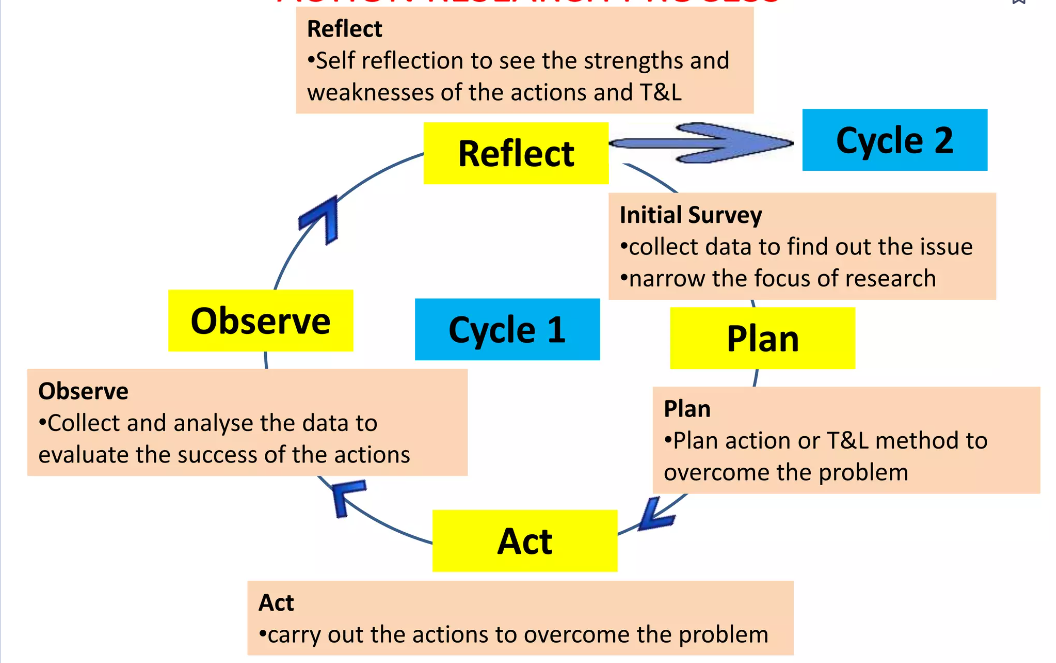Application of the RADEC learning model assisted with flipbook media to improve student's reading comprehension ability
Keywords:
Reading, Reading Comprehension, Learning Model, RADECAbstract
This study aimed to improve student's reading comprehension skills through the role of the RADEC (Read-Answer-Discuss-Explain-Create) learning model assisted by flipbook media. One of the reasons for the low reading ability of students was the learning process at school. Therefore, the teacher had to be able to determine the appropriate learning model. This research was a Classroom Action Research (PTK) model of Kurt Lewin. It was carried out in two cycles, starting with pre-cycle, cycle 1, and cycle 2. The research subjects were 22 (twenty-two) grade 3 students at SDN 036 Ujungberung Bandung City. Data collection was carried out using a written test in the form of multiple-choice questions of 10 questions. The results showed that there was an increase in the percentage of completeness of learning outcomes. The pre-cycle showed 45% of students were complete and 55% incomplete, cycle I had 68% complete and 32% incomplete, and cycle II had 100% completed and 0% incomplete. Based on the results of the study, it could be concluded that the RADEC learning model assisted by flipbook media could improve the reading comprehension skills of grade 3 students. The results of this study indicated that, in general, the RADEC learning model improved student learning activities. Students were more active when the learning process took place with various syntaxes. In addition, the RADEC learning model supported students' reading comprehension skills during the implementation process. With the syntax Read, students' reading comprehension skills were trained and their information or insights were broadened before receiving the subject matter. The RADEC learning model was suitable for students in Indonesia whose reading literacy level was low compared to other countries. With the habit of doing reading activities before the learning process, students' interest in reading could be increased.
Downloads
References
Agustina, N. S., Sopandi, W., & Sujana, A. (2024). Implementation of the Inquiry-Oriented RADEC Learning Model. Jurnal Penelitian Pendidikan IPA, 10(1), 80-91.
Daniel, S. M., Martin‐Beltrán, M., Peercy, M. M., & Silverman, R. (2016). Moving beyond yes or no: Shifting from over‐scaffolding to contingent scaffolding in literacy instruction with emergent bilingual students. TESOL Journal, 7(2), 393-420.
Fadhil, K. (2018). Pengaruh Model RADEC terhadap Membaca Pemahaman pada Siswa Kelas IV SDN Ballewe Kecamatan Balusu Kabupaten Barru. Education, 53(1), 59-69.
Ikhtiyorovna, K. G. Z. (2023). Mastering the art of effective speaking and reading: strategies for improving speaking and reading skills. International Journal Of Literature And Languages, 3(10), 32-38.
Kiska, N. D., Haryanto, E., & Indryani, I. (2024). Improving Students' Collaboration Skills Using the RADEC Learning Model in Elementary School Science Learning. Jurnal Pijar Mipa, 19(2), 240-247.
Maulana, Y., Sopandi, W., & Kadarohman, A. (2023, June). Development and Validation of The Electronic Student Worksheet Assessment Instrument Based on The 4C Skills Oriented RADEC Lecture Model. In Proceeding of International Conference on Innovation in Elementary Education (Vol. 1, No. 1, pp. 273-278).
Mchombo, S. (2019). Verbal Arts as culturally relevant pedagogical tools in math/science education. Promoting Language and STEAM as Human Rights in Education: Science, Technology, Engineering, Arts and Mathematics, 17-38.
Mills, C. W. (2020). Language, logic and culture. In Toward a Sociology of Education (pp. 515-525). Routledge.
Pohan, A. A., Abidin, Y., & Sastromiharjo, A. (2020). Model Pembelajaran Radec Dalam Pembelajaran Membaca Pemahaman Siswa. In Seminar Internasional Riksa Bahasa (pp. 250-258).
Pratama, Y. A., & Dewi, L. (2022). Online Learning Through The RADEC Model to Increase HOTS of Elementary School Students in The Time of The Covid-19 Pandemic. PrimaryEdu: Journal of Primary Education, 6(2), 172-191.
Pratama. (2015). Peningkatan Membaca Pemahaman Siswa pada Teks Deskripsi melalui Problem Based Learning : Penelitian Tindakan Kelas Kolaboratif pada Siswa SMP Negeri 3 Lhokseumawe. Sintaks: Jurnal Bahasa & Sastra Indonesia, 2(1), 21–27.
Rosdiana, Y. (2014). Bahasa dan Sastra Indonesia di Sekolah Dasar. Bahasa Dan Sastra Indonesia Di Sekolah Dasar, 1, 1–42.
Santoso, S., & Sunata, S. (2023). Pengaruh Penggunaan Media Fishbone Diagram untuk Meningkatkan Kemampuan Membaca Pemahaman Siswa Sekolah Dasar. Garda Guru: Jurnal PPG Unpas, 1-8.
Satria, E., & Sopandi, W. (2019, October). Applying RADEC model in science learning to promoting students’ critical thinking in elementary school. In Journal of Physics: Conference Series (Vol. 1321, No. 3, p. 032102). IOP Publishing.
Utsman, A., Markhamah, M., Rahmawati, L. E., & Widyasari, C. (2022). Thematic Learning Plans with the RADEC Learning Model in Building Students' Environmental Care Character in Elementary Schools. International Journal of Elementary Education, 6(4), 672-681.

Published
How to Cite
Issue
Section
Copyright (c) 2023 Erma Sulastyana, Rifat Anam, Sunata Sunata

This work is licensed under a Creative Commons Attribution-ShareAlike 4.0 International License.
PIJ is licensed under a Creative Commons Attribution-NonCommercial-ShareAlike 4.0 International License.
Articles in this journal are Open Access articles published under the Creative Commons CC BY-NC-SA License This license permits use, distribution and reproduction in any medium for non-commercial purposes only, provided the original work and source is properly cited. Any derivative of the original must be distributed under the same license as the original.







